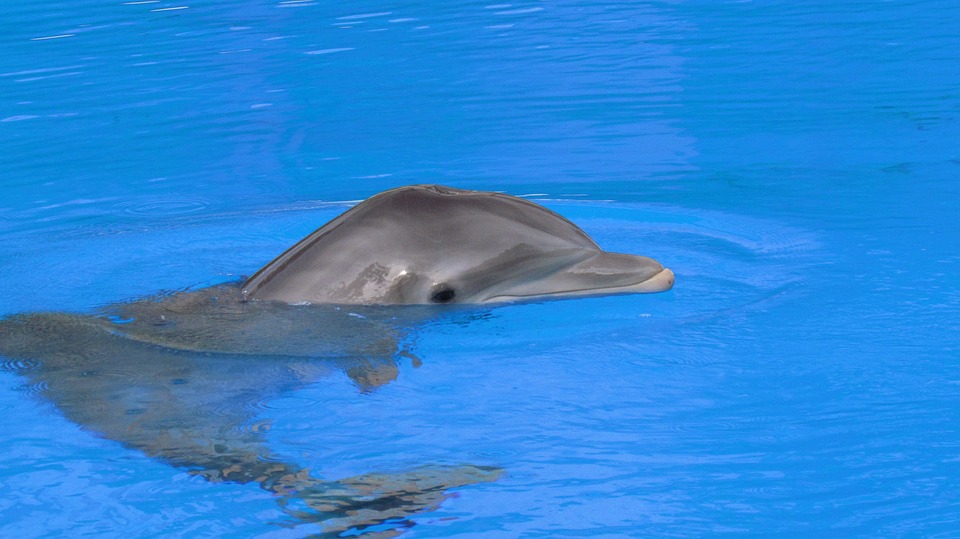Welcome to our blog dedicated to fish health and well-being! In this article, we will discuss the significance of interactive feeding in fish tanks and how it contributes to the overall health and happiness of your aquatic companions. We will also address some frequently asked questions related to interactive feeding to help you better understand its benefits.
Interactive feeding refers to the practice of engaging fish in a more active feeding experience rather than simply dropping food into the tank and letting them eat at their leisure. This can include various strategies such as food puzzles, target training, and hand-feeding.
Interactive feeding is important for fish for several reasons. Firstly, it promotes their natural behavior by encouraging their foraging instincts. In the wild, fish spend a significant amount of time searching for food, and interactive feeding helps recreate this behavior in a captive environment. This not only keeps them mentally stimulated but also reduces boredom and stress, which can lead to better overall health.
Additionally, interactive feeding enhances the physical health of fish. By stimulating exercise and muscle development, interactive feeding helps prevent them from becoming sedentary. This is particularly important for fish that are prone to obesity and related health issues. By encouraging them to swim around and actively search for food, interactive feeding helps maintain their physical well-being.
Moreover, interactive feeding provides mental stimulation and contributes to cognitive development in fish. By keeping them mentally active, interactive feeding prevents cognitive decline and promotes overall brain health. This is especially important for older fish or those that are prone to cognitive issues.
There are several strategies that can be used for interactive feeding. Food puzzles and mazes, for example, require fish to solve puzzles or navigate through mazes to access their food. This not only provides mental stimulation but also keeps them physically active. Target training involves teaching fish to swim to a specific target in order to receive their food. Hand-feeding, on the other hand, allows fish to interact directly with their owners, creating a bond and enhancing their socialization.
Now, let’s address some common FAQs about interactive feeding. Firstly, all types of fish can benefit from interactive feeding, but some species, such as cichlids and bettas, tend to thrive with this type of feeding. The frequency of interactive feeding depends on the specific needs of the fish, but incorporating it into their diet a few times a week is usually sufficient. Interactive feeding can also be helpful for picky eaters, as it encourages them to try different types of food and increases their appetite.
While interactive feeding has numerous benefits, it is important to note that there may be some risks or downsides to consider. For example, overfeeding can be a concern if not done in moderation. It is important to monitor your fish’s feeding habits and adjust accordingly. Additionally, some fish may become aggressive during interactive feeding, so it is important to observe their behavior and make necessary adjustments if needed.
Lastly, interactive feeding can be used for all types of fish, including tropical and saltwater species. However, it is crucial to choose appropriate food options that meet the specific dietary needs of each species.
In conclusion, interactive feeding is an essential aspect of fish care that contributes to their overall health, mental stimulation, and well-being. By promoting natural behavior, enhancing physical health, and providing mental stimulation, interactive feeding helps create a thriving aquatic environment. Incorporating interactive feeding strategies into your fish tank routine can lead to happier, healthier fish and a more enjoyable hobby for fish enthusiasts.
Remember, if you have any more questions about interactive feeding or fish health in general, feel free to reach out to our knowledgeable team. Happy fish-keeping!









